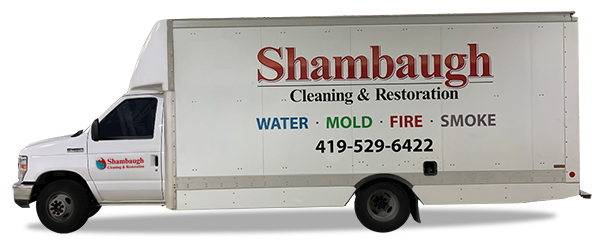Did you know a spongy or sagging sub-floor is a bad sign? Fixing a water damaged floor is about looks and safety. It’s important to know how water affects different floors and how to fix them.
For example, hardwood floors might cup, and laminate floors can warp and swell. Mold can also grow. It’s key to fix the leak first.
Ignoring water damage can cause big problems like unstable structures and mold. Spotting damage early and fixing it fast saves time and money.
Key Takeaways
- A spongy and saggy sub-floor is a notable sign of extensive water damage.
- Repairing a water damaged floor starts with identifying and fixing the source of the leak.
- Hardwood floors commonly show cupping, while laminate floors can warp and swell.
- Proper drying and removing moisture is crucial to prevent further damage.
Whether you do it yourself or hire experts, knowing how to fix a water damaged floor is crucial. It keeps your home looking good and safe.
Identifying Water Damage in Different Floor Types
Spotting water damage in floors starts with knowing the signs for each floor type. Each floor reacts differently to water, which is key for fixing water damaged floor repair.
- Hardwood Floors: Hardwood floors are very sensitive to water. They can cup, crown, or get moldy in just 24 to 48 hours. Look for warping and color changes to know it’s time to act fast.
- Laminate Floors: Laminate floors show damage through buckling, cracking, or splitting. Water can also lead to mold, which is bad for your health.
- Tile Floors: Tile floors might seem tough, but they can hide moisture. Look for loose tiles, stained grout, and damp smells. Mold can grow if you don’t fix it quickly.
- Vinyl Floors: Vinyl floors can bubble, gap, and change color when wet. Mold is common if you ignore the damage, so check it carefully.
- Linoleum: Linoleum floors get soft, curl, and bubble with water. Mold is a big problem if you don’t fix it right away.
- Carpets: Water damage in carpets makes them damp, wrinkled, and moldy. You’ll also see baseboard damage and bad smells.
- Concrete Floors: Concrete floors are tough but can peel, crack, and grow mold with moisture. Catching damage early helps avoid big repairs.
Fixing water damaged flooring works best when you spot problems early and act fast. Signs like warping, color changes, or mold mean you need to act quickly. Common causes like leaks, floods, plumbing problems, and appliance failures need quick fixes to keep your floors in good shape.
Steps to Fix a Water Damaged Floor
Fixing a water-damaged floor needs a careful plan to restore it well. Here are the steps for both small and big problems.
- Halt Further Water Damage: First, find and fix the water leak. It could be a broken pipe, a clogged appliance, or rain getting in.
- Remove Excess Water: Use mops, wet-dry vacuums, and towels to get rid of water. For a lot of water, you might need a pro to help.
- Dry the Affected Area: Use dehumidifiers, fans, and open windows to dry it out. Drying well is key to stop mold and damage.
- For tile floors, make sure the cement board under them is dry. Tiles stick to this board.
- Inspect the Subfloor: Check the subfloor for damage, rot, or mold. If it’s weak, you might need to fix or replace it. Remember, just one gallon of water can harm the subfloor.
- Sanitize to Prevent Mold: Clean the area with white vinegar and water mix, or use bleach or borax to stop mold.
- Remove and Replace Damaged Flooring: If the damage is big, you’ll need to replace the flooring. This includes hardwood, tiles, or vinyl. Make sure the new stuff looks like the old.
Getting a pro to fix water damage can help a lot. They know how to fix it right, especially for big problems. But for small issues, you can try fixing it yourself.
Conclusion
Fixing water-damaged floors is a complex task but can be done. It starts with knowing the damage type and how bad it is. Signs like a musty smell, stains, buckling, or mold mean you need to act fast.
Each floor type, like hardwood or laminate, needs its own fix. Knowing this can save time and money. It’s important to identify the damage right away.
Hardwood floors need quick action because they soak up water easily. A moisture meter can show how wet the floor is. Fixing the subfloor is key, which means drying it out, removing bad parts, and checking the subfloor’s strength.
When putting back hardwood, use the right methods. This ensures the new boards fit well with the old ones. This way, your floor looks good as new.
Keeping your floor in good shape is important. Use sealants, area rugs, and control humidity. Also, check your floor often for damage. By doing these things, your floor will stay beautiful and strong for a long time.






